Direct from the “Mother of the Beach”! Experience the finest Joban-mono through exquisite homemade dishes

Even fish dishes that seem difficult can be easily and deliciously prepared at home if you know the key cooking points. We asked women involved in the fishing industry in Iwaki City, Fukushima Prefecture, how to prepare homemade dishes using an abundance of Joban-mono.
The women who support the work of the fishermen
Members of the Fukushima Prefecture Fisheries Cooperative Women’s Division Liaison Council taught us the recipes. As well as sorting fish at the fishing port, they also promote the deliciousness of Joban-mono by serving fish dishes at events and holding cooking classes.
Ms. Yukiko Kuboki, the chairwoman, was born into a fisherman’s family in Hisanohama, Iwaki City, and has been helping with fishing since she was a child. Later, she married a fisherman from the Numanouchi district of Iwaki City, and her son also became a fisherman. Joban-mono has always been a part of her life, and she has over 50 years of experience cooking with it, making her a true “Mother of the Beach.”
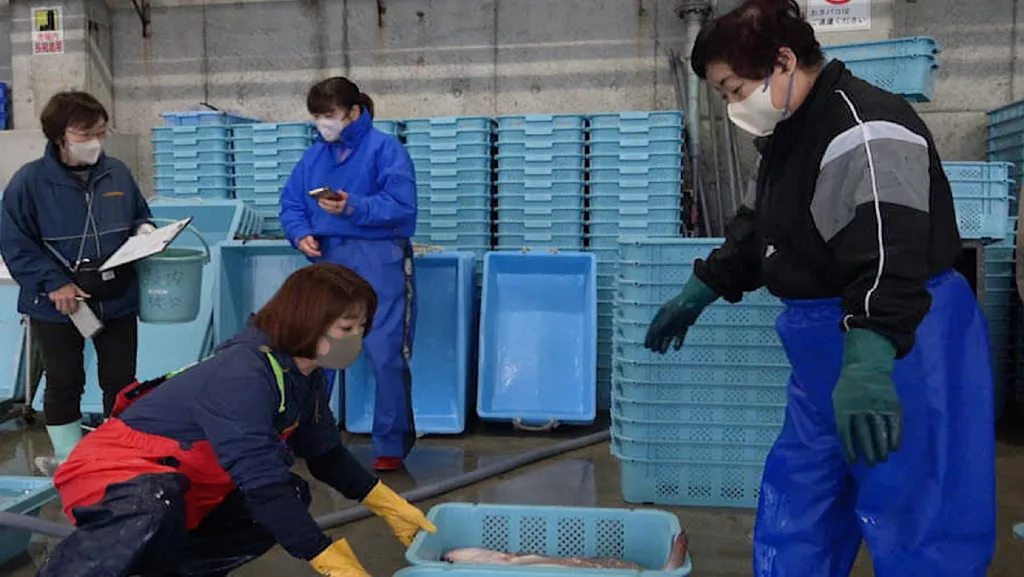
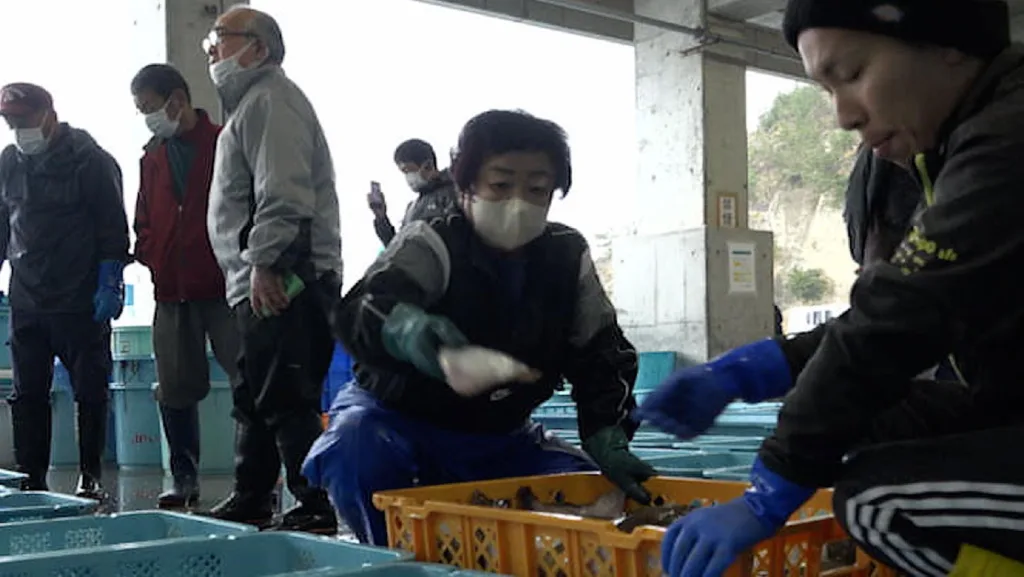
Home-cooked Joban-mono
This time, she taught us about four dishes using surf clams, redwing searobins, flounders and blackthroat seaperch, all of which are in season in winter. Here are some key cooking tips.
Rice with surf clams, a dish full of shellfish flavor
The resilient meat of surf clams, and the rice, which is well soaked in the flavor extract, are so delicious that the chopsticks can’t stop!
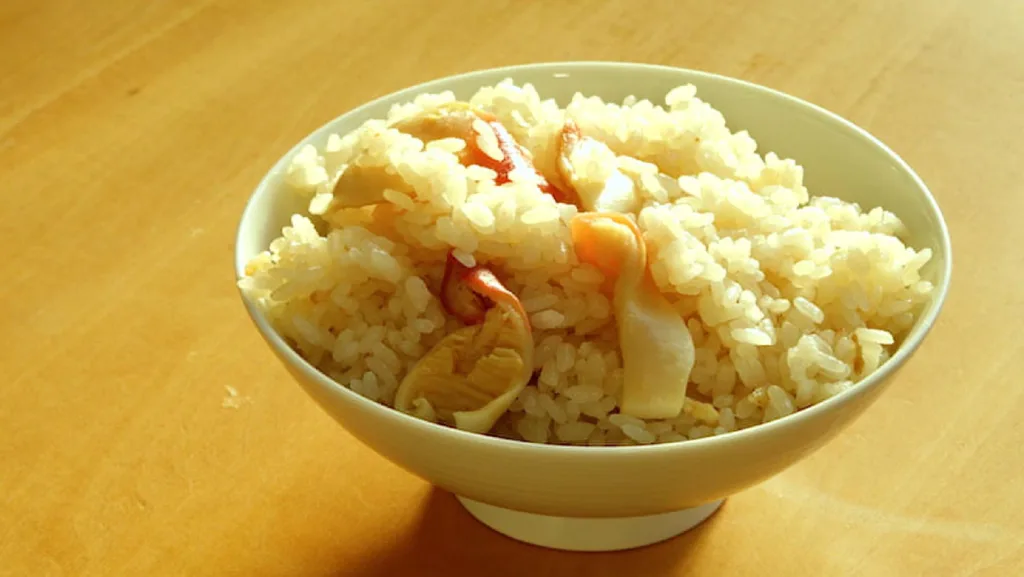
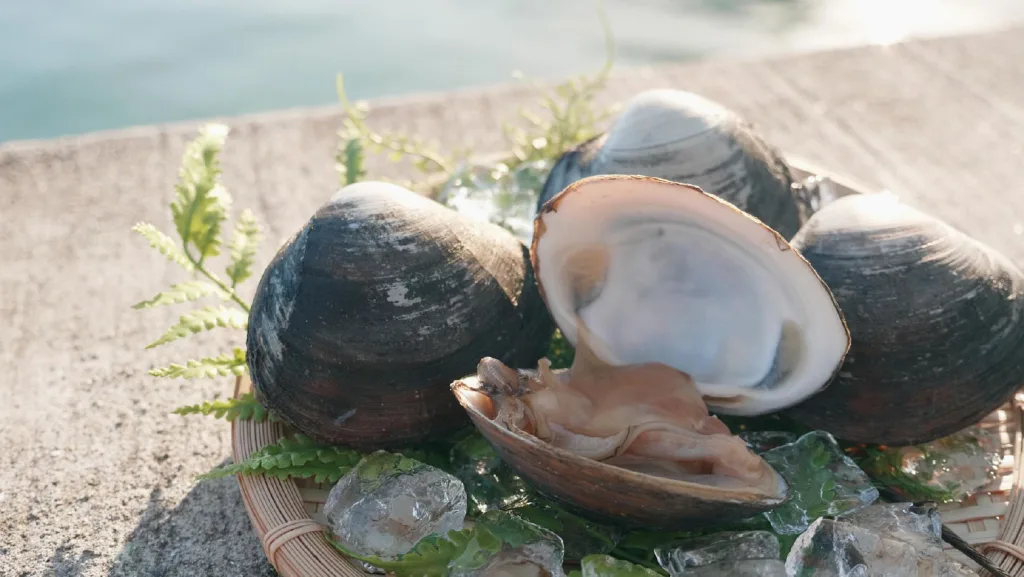
When viewed horizontally, the surf clam has two ligaments that connect the upper and lower shells, so you cut them by inserting a knife blade between the shells. When the shell opens, move the knife along the edge to separate the flesh from the shell. Make an incision in the center of the flesh, remove the internal organs, and rinse the insides thoroughly.
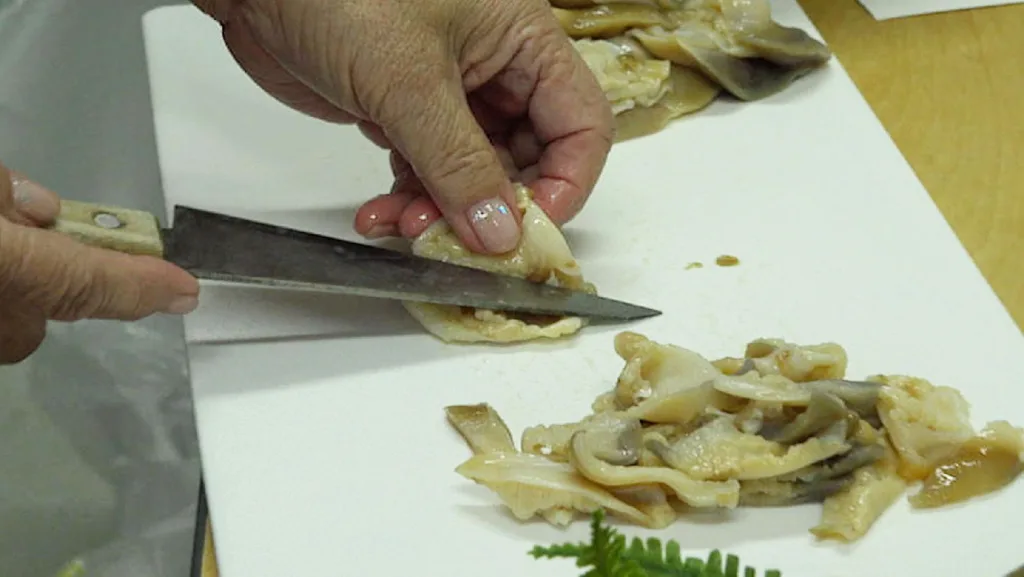
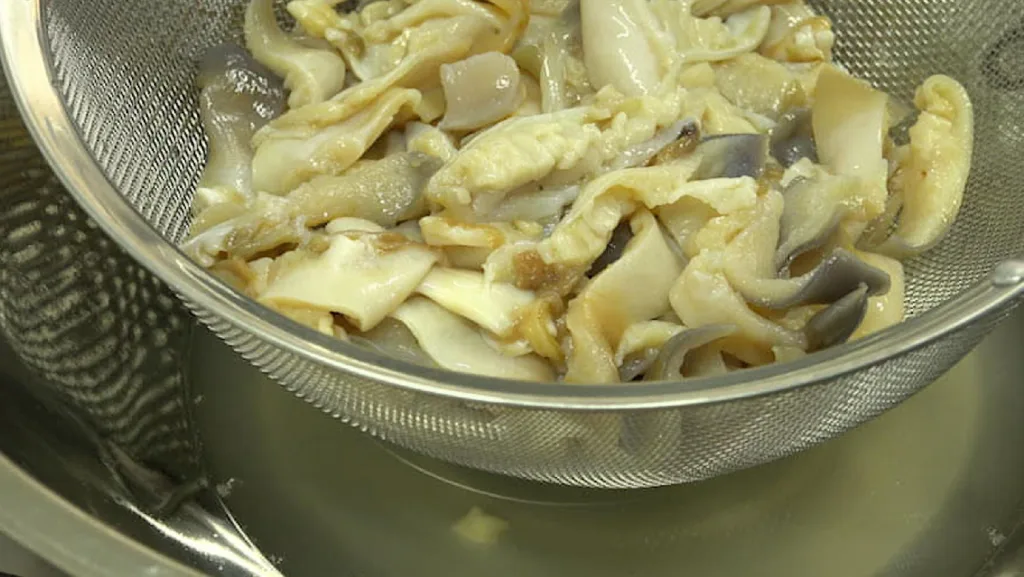
If you place the flesh in a bowl, a milky white clam extract will seep out. Do not discard this extract, because it is full of the surf clam’s umami, which is key to the flavor.
When cutting into bite-sized pieces, make sure the grayish part of the surf clam (which turns red when heated) is included in each piece to make the final dish more visually appealing.
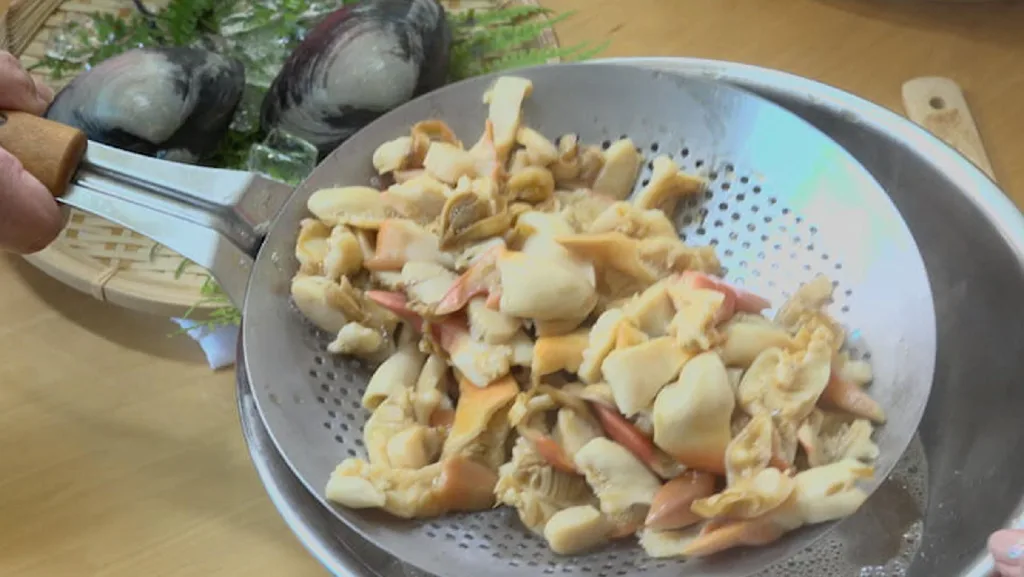
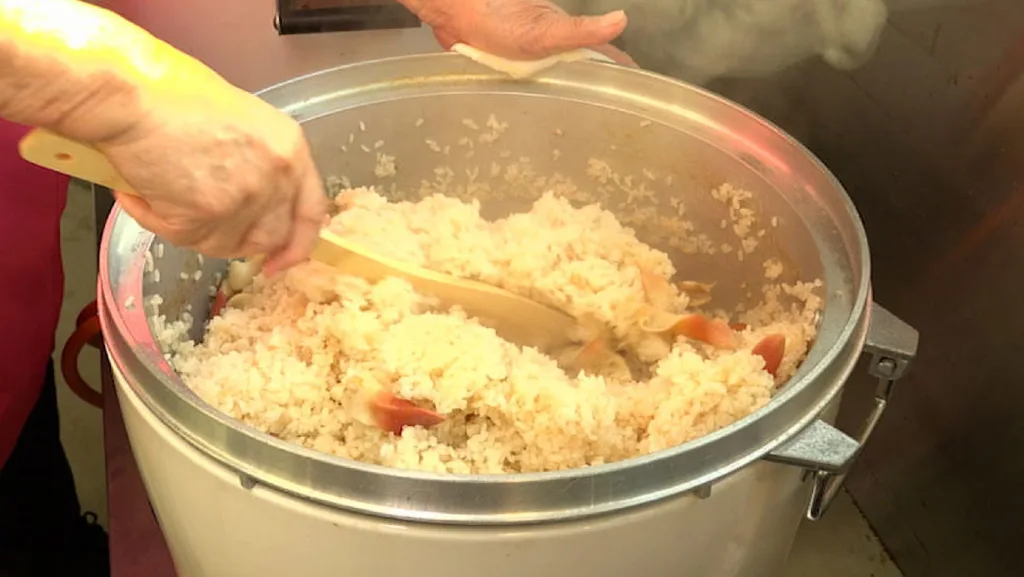
When the surf clam flesh turns pink, add only the broth to the rice cooker and cook the rice. When the rice is cooked, add the saved surf clam flesh, cover the lid, and let it steam for about 10 minutes. By adding the surf clam later, you can enjoy its perfect firmness without it becoming too tough.
Soup of fluffy redwing searobin balls
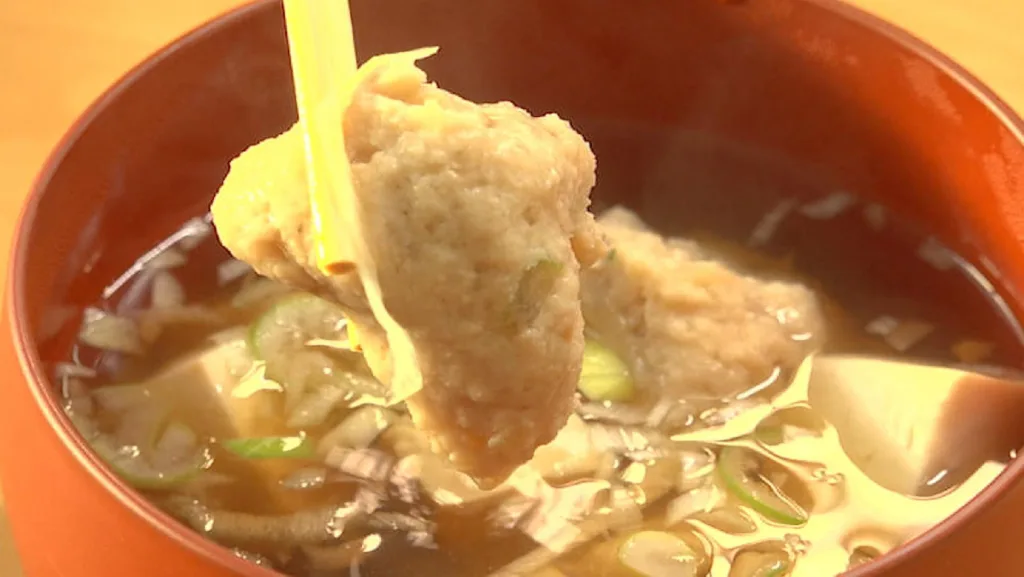
A dish that is very popular at events. Saury fish ball soup used to be a staple at events, however, due to persistent poor saury catches, this soup was created as a substitute.
A chopper is useful for finely chopping the flesh of redwing searobin. Once the fish ball mixture is ready, put it in a plastic bag and squeeze out bite-sized portions for easy shaping.
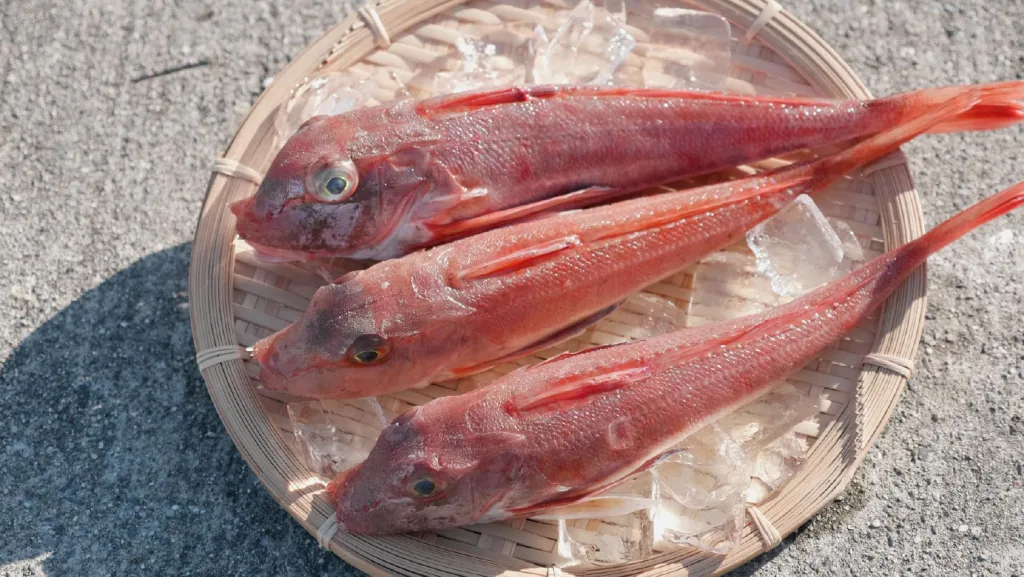
Silken tofu is a recommended ingredient. For added flavor, top with chopped green onions just before serving.
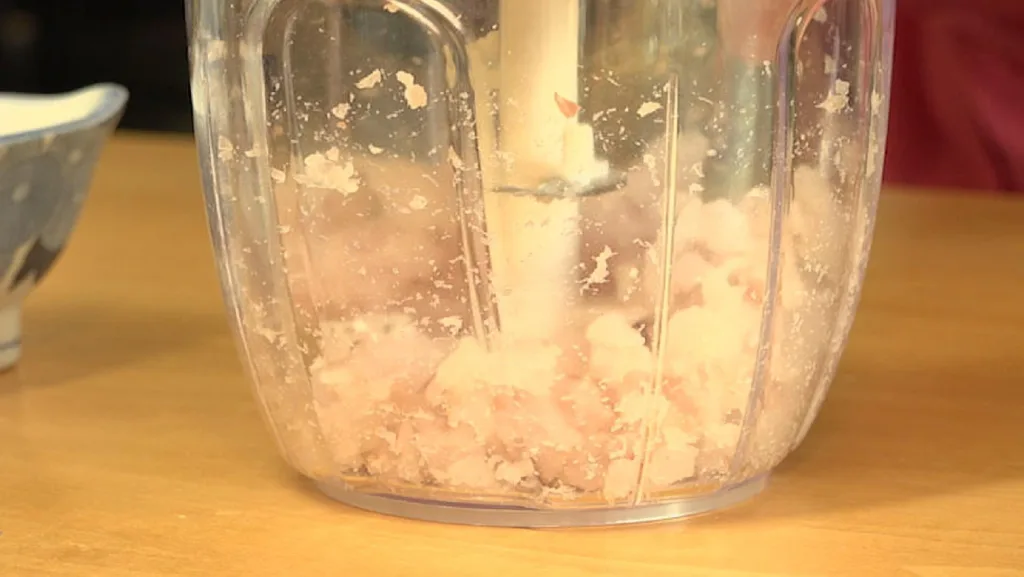
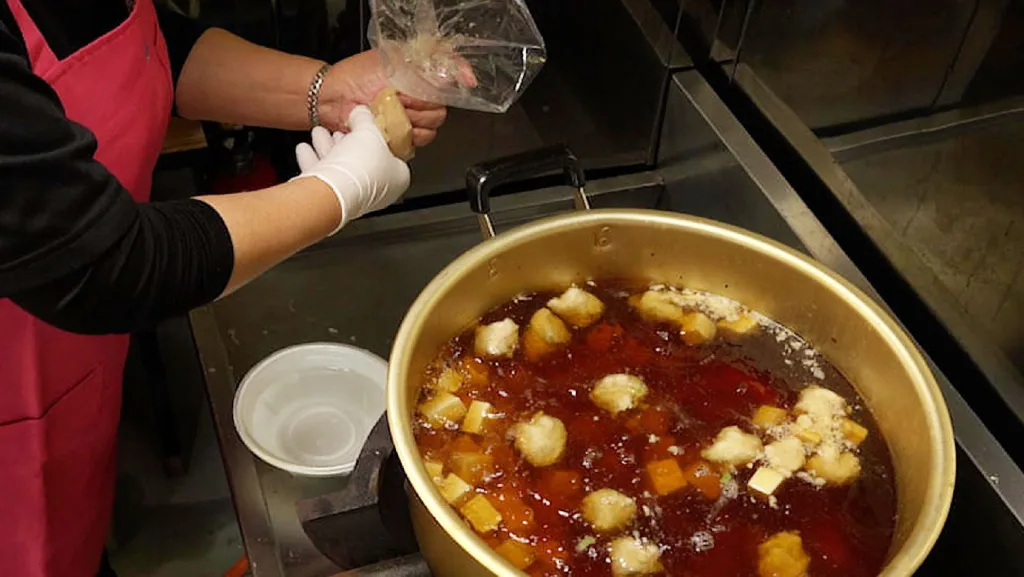
Simple seasoning is the key to delicious deep-fried flounder.
Flounder, a representative of Joban-mono, is a very familiar fish to the locals. While it is often enjoyed as sashimi locally, cooking it provides a different, fluffy texture that is equally delightful.
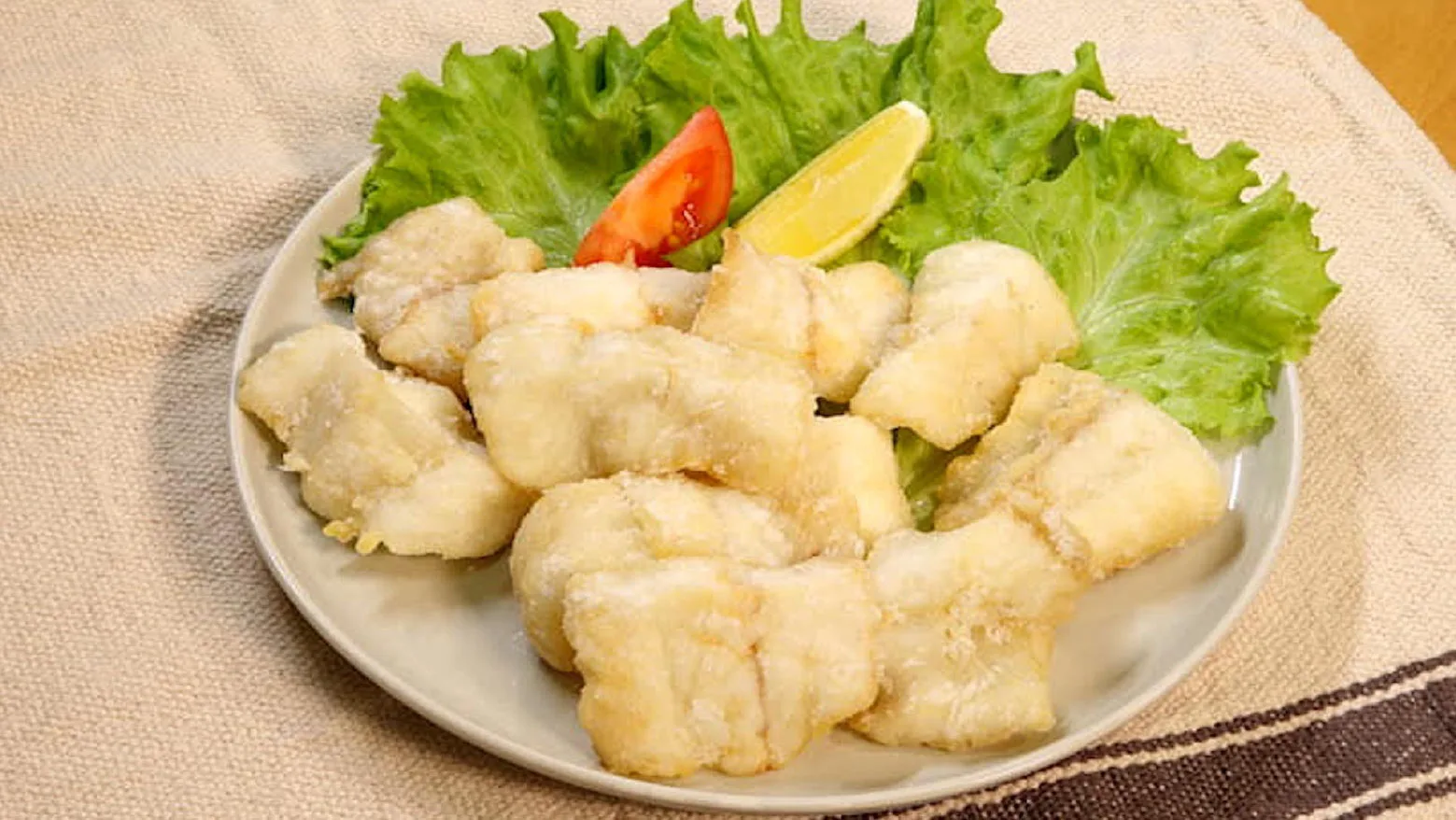
Cut the flounder into slices about 5 cm wide. Mix potato starch, salt, and pepper in a plastic bag, then add the sliced flounder and shake well to evenly coat the fish.

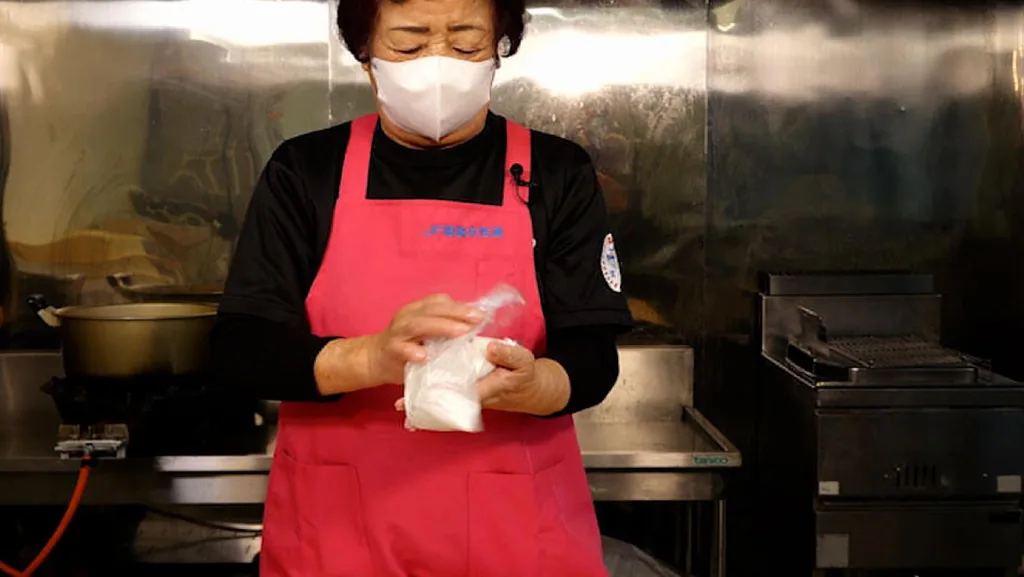
Deep-fry for 2 to 3 minutes. The coating will be crispy while the flesh remains tender and fluffy. Due to its delicate flavor, it can be enjoyed with ponzu or wasabi soy sauce for added taste.
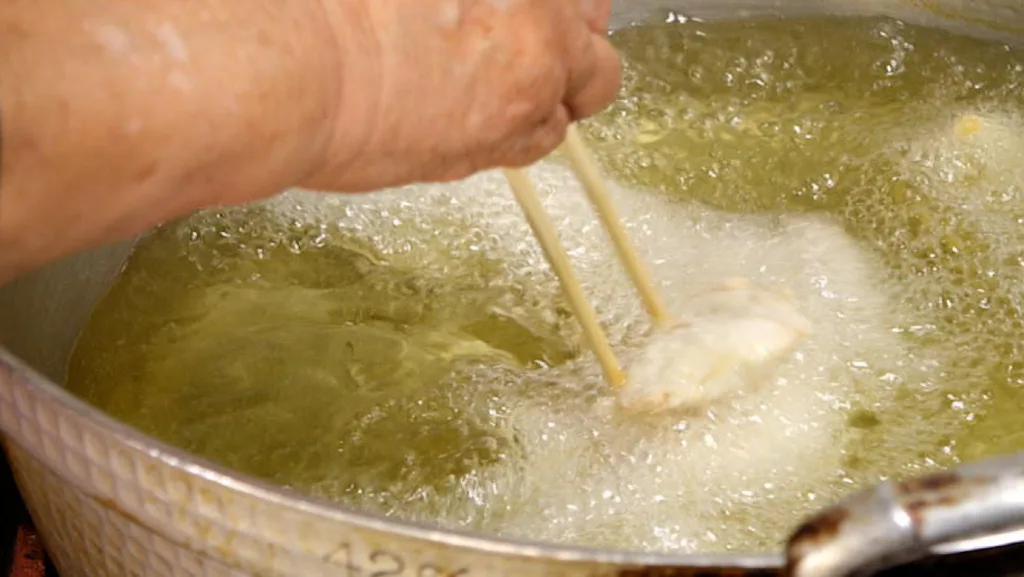
Irresistible melt-in-your-mouth fat: Blackthroat seaperch sashimi
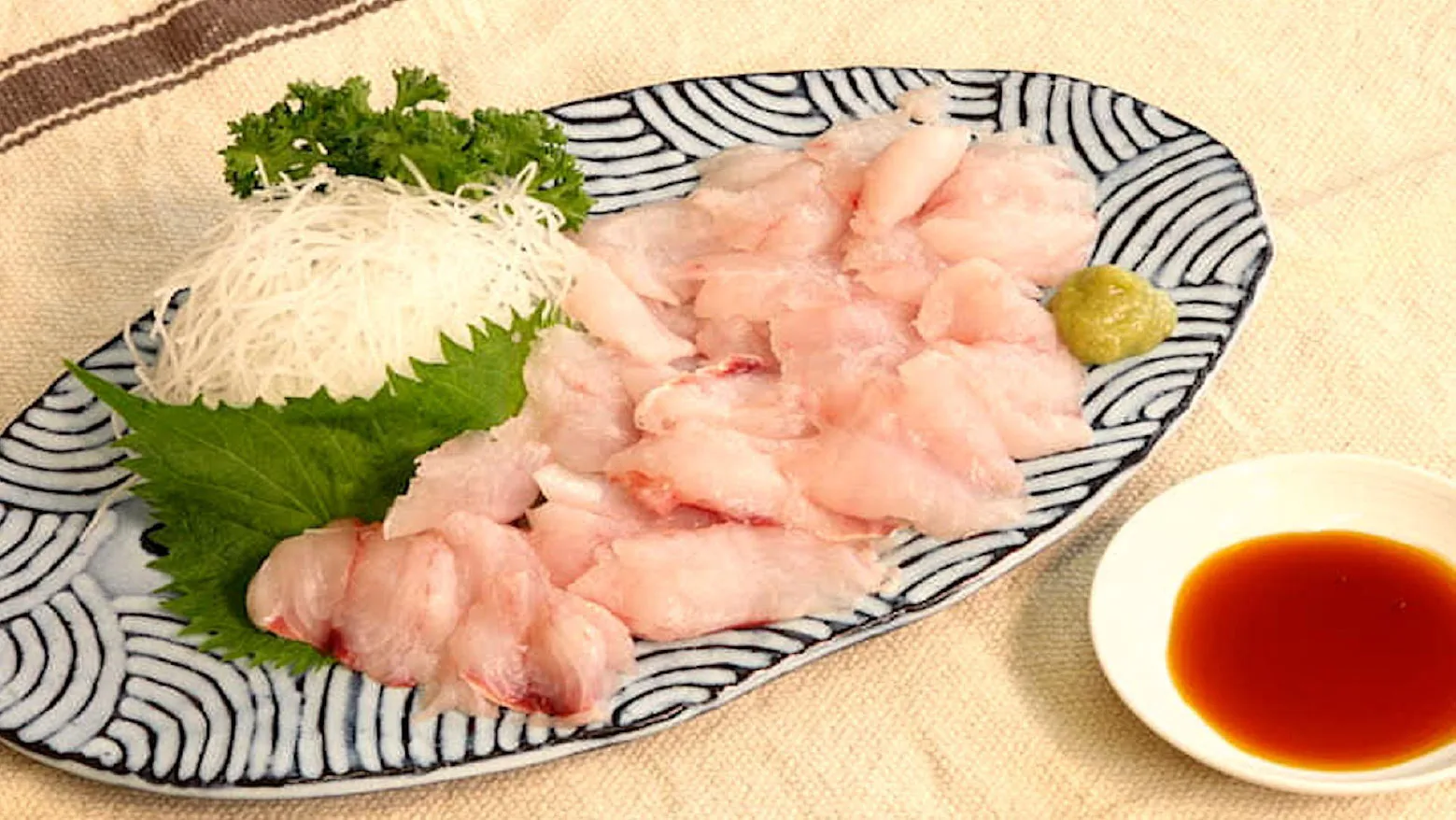
They have two Japanese names: akamutsu and nodoguro. The fish tends to be associated with the Hokuriku region, but it is also caught off the coast of Fukushima Prefecture. The fatty flesh has a melt-in-the-mouth texture, and when dipped in soy sauce, the fat rises to the surface. It is a luxurious dish that allows you to savor the sweetness of the blackthroat seaperch. Thinly slice the blackthroat seaperch and arrange it on a plate to instantly brighten up your dining table.
Bring seasonal Joban-mono to your dining table.
Seasonal Joban-mono can be found not only at the Toyosu Market in Greater Tokyo, but also at various supermarkets throughout the region. Why not try bringing delicious Joban-mono to your dining table at home?